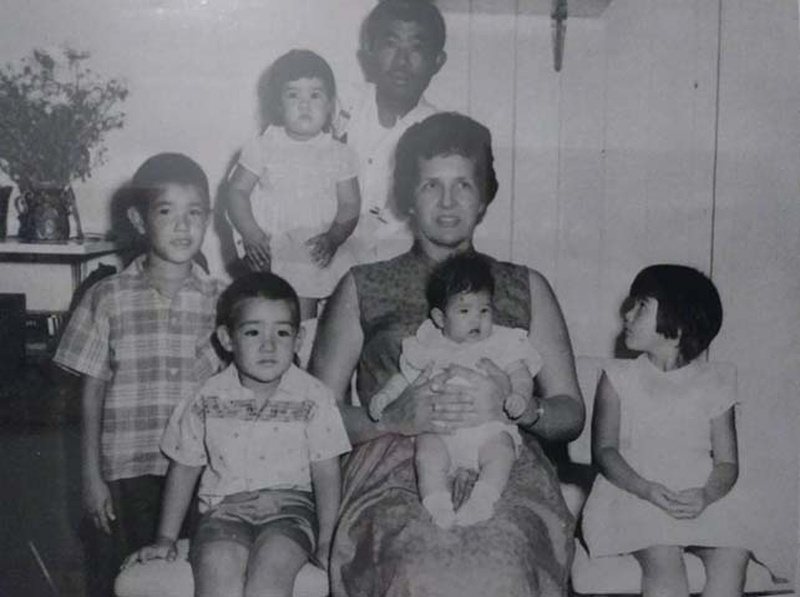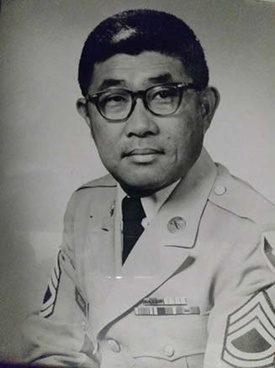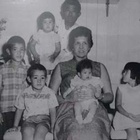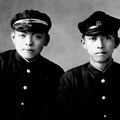In September 2017, I came to Seattle for a one-year exchange program. Having been born in Tokyo and living with my family for 21 years, I was more anxious than excited about living abroad for a long time. I was depressed every day because I couldn't understand the content of my university classes or speak up in discussions. I felt that all Americans were friendly, but it took me a while to make friends who I could casually go out with. When I visited the International District, I was surprised to find a place in America where I could feel such a Japanese atmosphere, and my heart was filled with nostalgia. At the same time, I couldn't help but wonder why there was so much Japanese culture there. I knew nothing about the history of Japanese immigrants until I started my internship at North American Newspaper.
Since I started my internship, I have read past articles and books about Japanese immigrants in the North American Post. Learning about history was interesting because it made me feel a connection between Seattle and myself that I had never thought about before. I learned that the 150 years of history since Japanese immigration began is very rich, and that each Japanese immigrant has a history of hardship. Every time I visit the International District, the city looks different, and listening to each family history became one of the pleasures of my study abroad. This time, I traced the history of her family with my friend Sharon, a fourth-generation Japanese American whom I met at Seattle University.
* * * * *
Sharon's great-grandfather, Miyoshi Ideguchi, was from Kumamoto Prefecture and came to Hawaii at the age of 15 in 1914. Having lost his parents and having no relatives, it was an easy decision for him to move to the United States in search of a new life.
In Hawaii, he worked at a pineapple plantation, but the working conditions were harsh. Because there was no water, he carried water back and forth in a bucket. A few years later, he married Tsuya, who was from the same hometown. He planned to return to Japan after earning enough money, but he could not afford to do so. "At least for my wife," Miyoshi said, and used the money he earned to send his wife back to her hometown several times. However, after leaving Japan, Miyoshi himself never left the island of Hawaii.
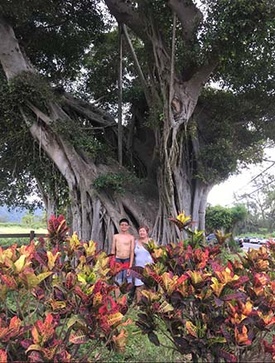
During the war, Miyoshi's son Hisashi (Sharon's grandfather) enlisted in the U.S. Army in Hawaii toward the end of World War II. Hisashi adopted the name Richard and, to show his loyalty to the U.S. Army, stopped speaking Japanese and never taught Japanese to his children, including Sharon's father.
The Miyoshi family worked as live-in employees at the Takeyama Pineapple Plantation, which was run by a white family. In addition, Hisashi and his siblings' children went to the "Victory Garden" run by the U.S. government every Friday when school was closed, to pick beans, potatoes, and other vegetables for the soldiers.
My friend Sharon Miyoshi Ideguchi is a fourth-generation Japanese American currently studying business and Japanese at Seattle University. Her parents moved from Hawaii to Seattle because of her father's work, and she was born and raised in Tacoma. She speaks English at home. Her father is Japanese-American and her mother is Irish-American. However, Sharon says that she treasures her identity as a Japanese American because she was influenced by a lot of Japanese traditions and culture from her family. Her favorite foods are katsudon and tempura. She likes to eat osechi cuisine at New Year's. Although she has never been to Japan, she started studying Japanese in high school and plans to study abroad at a university in Tokyo next year. "When I go to Japan, I want to go to Kumamoto Prefecture and see where my family lived," she says, her eyes sparkling.
At Seattle University, I met many friends with Japanese roots. Many of my generation are third or fourth generation, and I don't have many friends who speak Japanese, but I'm happy when they ask me questions about Japan or say they want to go to Japan. I hope that in the future, there will be more opportunities for Japanese and Japanese Americans to connect, especially among the younger generation, despite the language barrier. I haven't had the chance to hear my friends' inner stories in depth, but I'm sure they've had some worries as a minority Japanese American. Sharing the story of Japanese immigrants is the first step.
*This article is reprinted from the North American Newspaper (April 19, 2018).
You can read the Ideguchi Family Story in English by Sharon Ideguchi here. >>
© 2018 Minami Hasegawa / The North American Post


